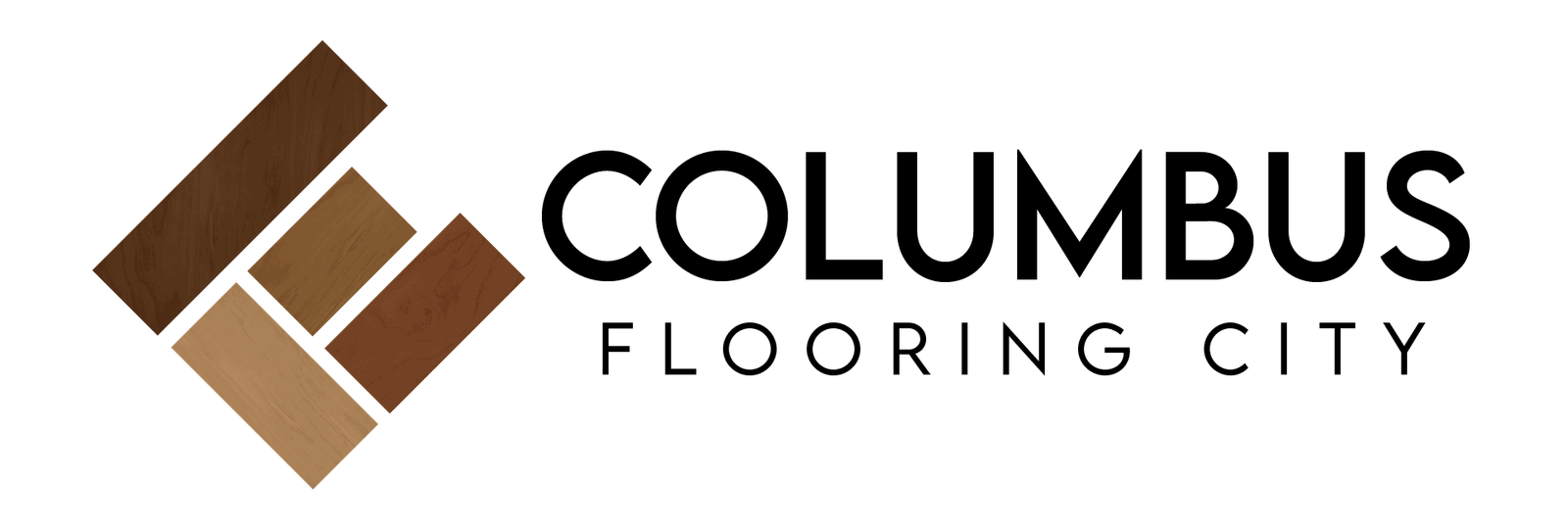Are you eager to revitalize your living space with a fresh new look? If you’re searching for the ultimate guide on how to remove laminate flooring, you’ve come to the right place.
The first step to achieving your renovation goals is bidding farewell to your old laminate flooring. But fear not; we are here to guide you through the process like a seasoned expert.
This comprehensive guide will meticulously explore each step, ensuring a seamless and hassle-free removal experience. So, let’s roll up our sleeves and dive into the world of laminate flooring removal!
Before You Begin: Identifying the Types of Laminate Flooring
Before embarking on a journey of how to remove laminate flooring, let’s start with identifying the type of laminate you’re dealing with. This knowledge will empower you to select the most suitable removal technique. Let’s delve into the three common types of laminate flooring you may encounter:
- Glue less Laminate: This type boasts a user-friendly click-and-lock system that eliminates the need for adhesive. Removing glue less laminate involves disassembling the planks in reverse order, releasing their interlocking mechanism.
- Glued Laminate: Glued laminate flooring is firmly affixed to the subfloor using adhesive. Removing this type requires gently prying the planks loose to break the bond between the flooring and the subfloor.
- Pre-glued Laminate: Pre-glued laminate flooring comes with adhesive backing on each plank. To remove pre-glued laminate, you’ll employ heat and moisture to weaken the adhesive, simplifying the detachment of the planks.
You can also read our guide to common mistakes when laying laminate flooring if you’re going to lay down new laminate flooring.
Now that we’ve identified the different laminate flooring types let’s delve into crucial safety considerations to ensure a smooth and secure removal process.
Essential Safety Considerations You Should Consider
When embarking on a journey of how to remove laminate flooring, it’s crucial to prioritize safety. Protect yourself by wearing proper gear and taking necessary precautions. This section will highlight important safety considerations to ensure a secure and accident-free removal process.
- Protective Gear: Your safety is paramount. Prioritize wearing the appropriate protective gear throughout the removal process. Equip yourself with safety glasses to shield your eyes, sturdy gloves to protect your hands, knee pads for comfort and protection, and a dust mask to prevent inhaling dust particles.
- Electrical Safety: Before commencing work, turn off the power supply to the room or area where you’ll be operating. This precaution eliminates the risk of accidental electrocution, especially when dealing with transition strips and trim near electrical outlets.
- Proper Tools: Equipping yourself with the right tools is crucial for successful laminate flooring removal. Gather a sturdy pry bar, a reliable hammer, a sharp utility knife, pliers for added grip, a crowbar for leverage, and a dustpan for efficient debris collection. Having these tools readily available will make the removal process considerably smoother.
How to Remove Laminate Flooring
Now that we’ve covered all the fundamentals you’ll need before removing laminate flooring let’s take a step-by-step approach to give you the perfect answer on how to remove laminate flooring.
Step 1: Remove the Transition Strips
Transition strips serve as connectors between different types of flooring or carpet. Begin by inserting a flathead screwdriver or pry bar near the edge of the transition strip. Apply gentle upward pressure to release the strip from its secured position. Methodically work along the entire length of the transition strip, carefully lifting and removing it. Preserve the transition strips, which may prove useful when installing new flooring.
Step 2: Remove the Trim
Creating a polished aesthetic requires removing the baseboards or trim along the edges of the laminate flooring. Start by creating a small gap between the wall and the trim using a utility or putty knife. Insert the blade and smoothly run it along the length of the trim, loosening the bond between the trim and the wall. Once the adhesive seal is weakened, employ a pry bar or small crowbar to lift and gently remove the trim. Take utmost care to prevent any trim or wall damage during this process.
Step 3: Pull the First Row
In this step, we remove the first row of laminate flooring. Identify the longest wall in the room and locate the groove or locking mechanism that holds the first row of planks together. Position yourself at the end of the row and gently tilt the planks at a 45-degree angle to disengage the interlocking system. Slide the planks away from the adjacent row, releasing them gradually from their locked position. Repeat this process until the first row is removed, ensuring the planks remain intact for potential reuse or disposal.
Step 4: Remove the Remaining Rows
Having successfully removed the first row, proceed to remove the remaining rows of laminate flooring. Employ the same technique of tilting and sliding the planks apart, exercising caution to prevent damage to the planks or the subfloor. Work systematically, ensuring each row is detached and set aside in an organized manner.
Step 5: Roll Up Underlayment (optional)
If your laminate flooring includes underlayment, such as foam or cork, you may roll it up for potential reuse or disposal. Begin by gently lifting a corner of the underlayment. Gradually roll it up, ensuring its integrity remains intact, without any tears or damage. Proper disposal of the underlayment contributes to maintaining a clean and organized workspace.
Step 6: Clean Up the Subfloor
With all laminate flooring and underlayment removed, it’s time to restore cleanliness to the subfloor. Sweep or vacuum the area thoroughly to eliminate loose debris, dust, and any remaining adhesive residue. Pay special attention to the corners and edges of the subfloor, as these areas accumulate more dirt and debris. This final step ensures a smooth and clean surface for installing your new flooring.
Conclusion
By following this comprehensive step-by-step guide on how to remove laminate flooring, you’re equipped with the expertise to tackle your flooring renovation project confidently. Always prioritize safety by wearing protective gear, accurately identifying the type of laminate flooring you have, and utilizing the appropriate tools for each task. Whether upgrading to a different flooring or replacing your laminate, a proper removal process sets the foundation for a flawless transition.
So, if you’re ready to embark on a transformation journey, meticulously remove your laminate flooring using the detailed techniques outlined in this guide. Embrace the satisfaction of a well-executed DIY project and revel in your home’s refreshed and revitalized ambiance.
FAQs
Is laminate flooring hard to remove?
Removing laminate flooring can be challenging, but it can be done effectively with the right tools and techniques. It requires careful disassembly or detachment of the planks, taking care not to damage the subfloor.
How do I remove glued-down laminate flooring?
You’ll need to break the bond between the flooring and the subfloor to remove glued-down laminate flooring. Start by heating the glued areas with a heat gun or a hairdryer to soften the adhesive. Then, use a pry bar or a scraper to carefully lift and separate the planks from the subfloor, working gradually and methodically.
Which tool is best for removing laminate flooring?
A sturdy pry bar or crowbar is the best tool to remove laminate flooring. These tools provide leverage and strength to lift the planks and separate them from each other or the subfloor. A hammer and a utility knife also come in handy for additional tasks such as removing trim or cutting through adhesive.
How do you remove glued laminate from plywood?
Removing glued laminate from plywood requires a combination of heat and scraping. Begin by heating the glued areas with a heat gun or a hairdryer to soften the adhesive. Then, carefully use a putty knife or a scraper to scrape and pry the laminate from the plywood surface. Work gradually and be patient to avoid damaging the plywood.

